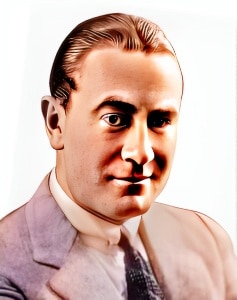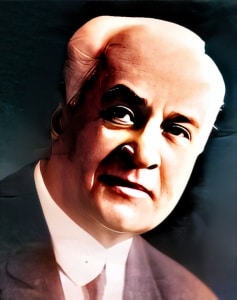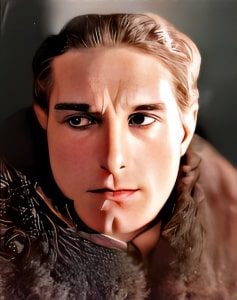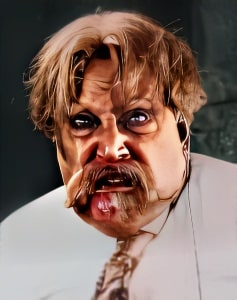 Owen Moore, an Irish-born American actor, graced the silver screen in a career spanning from 1908 to 1937, leaving an indelible mark on the early years of Hollywood.
Owen Moore, an Irish-born American actor, graced the silver screen in a career spanning from 1908 to 1937, leaving an indelible mark on the early years of Hollywood.
Born on December 12, 1886, Moore’s journey in the film industry showcased his versatility and talent, making him a significant figure during the silent film era.
Throughout his prolific career, Moore collaborated with Lewis J. Selznick, a prominent figure in the film industry and the father of producer David O. Selznick. In the late teens and early 1920s, Owen Moore became a popular star at Selznick Pictures, sharing the spotlight with fellow luminaries such as Olive Thomas, Elaine Hammerstein, Eugene O’Brien, and Conway Tearle. His success extended to films produced by his own production company, as well as collaborations with Goldwyn and Triangle.
In 1921, Owen Moore embarked on his second marriage, tying the knot with silent film actress Katherine Perry. As the industry transitioned into the era of sound film, Moore faced challenges, and his career took a downturn. He gracefully adapted to the changing landscape, transitioning into supporting roles for emerging stars.
One notable moment in Moore’s later career was his role in the 1933 Paramount film “She Done Him Wrong,” where he competed with Cary Grant and Noah Beery, Sr. for the affections of the iconic Mae West. The film became Paramount’s most lucrative production that year, showcasing Moore’s continued presence in Hollywood, albeit in a different capacity.
As the years passed, Owen Moore’s final film appearance came in the 1937 drama “A Star Is Born,” starring Janet Gaynor and Fredric March. The irony of the film, depicting a former star grappling with alcoholism, mirrored Moore’s own struggles at the time. In a poignant twist of fate, Moore portrayed a movie director in a story reflecting the challenges faced by aging Hollywood figures.
Owen Moore’s legacy extends beyond the screen, capturing a significant era in the evolution of American cinema. His contributions to silent film, his adaptability in the face of industry changes, and his enduring presence in Hollywood’s transitional period make him a noteworthy figure in the annals of film history. From “ A Strange Meeting” in 1909 to his final on-screen moments, Owen Moore’s journey reflects the ebbs and flows of a changing cinematic landscape.

 Owen Moore, an Irish-born American actor, graced the silver screen in a career spanning from 1908 to 1937, leaving an indelible mark on the early years of Hollywood.
Owen Moore, an Irish-born American actor, graced the silver screen in a career spanning from 1908 to 1937, leaving an indelible mark on the early years of Hollywood.


